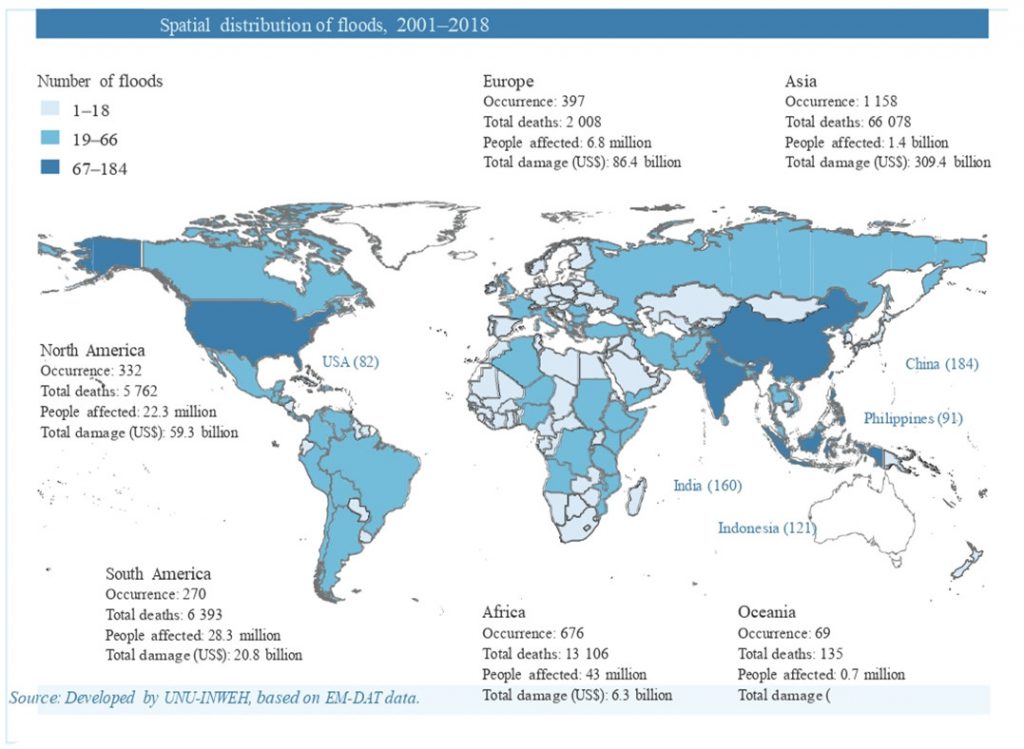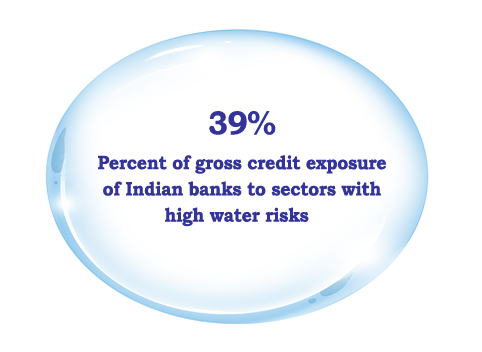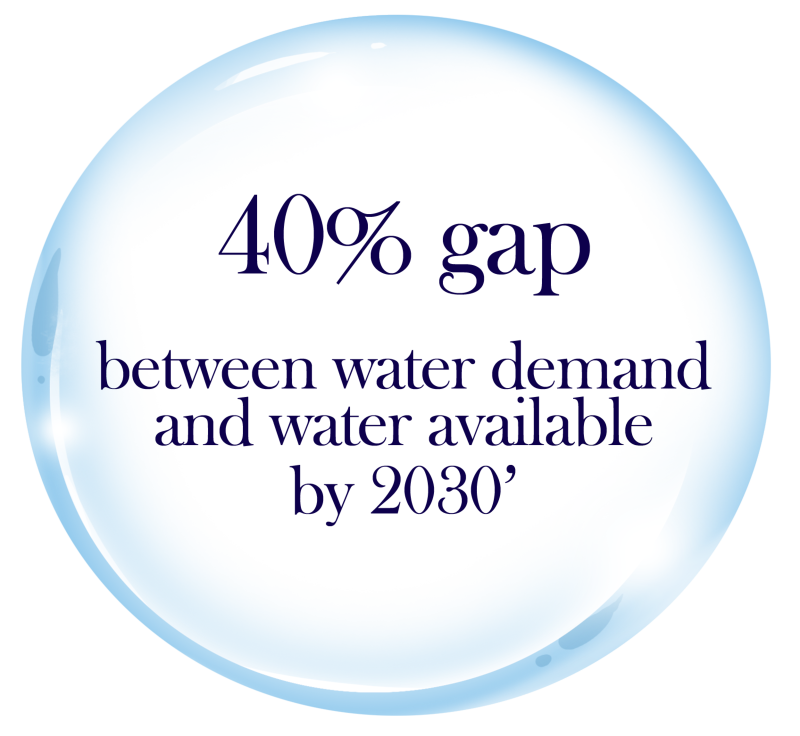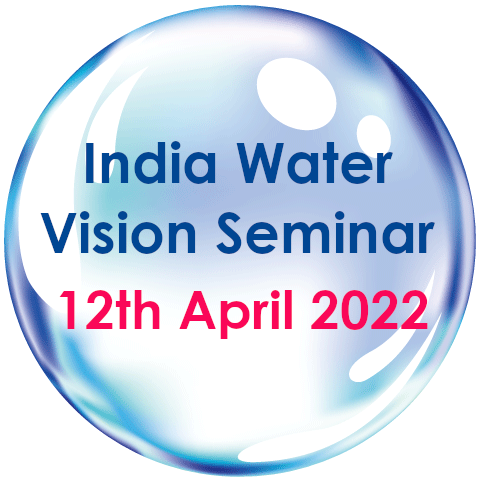The NASA Gravity Recovery and Climate Experiment (GRACE) satellites and simulated soil-water variations from a data- integrating hydrological modelling system to show that ground- water is being depleted at a mean rate of 4.0 to 1.0 cm yr equivalent height of water (17.7 to 4.5 km yr) over the Indian states of Rajasthan, Punjab and Haryana (including Delhi). During our study period of August 2002 to October 2008, groundwater depletion was equivalent to a net loss of 109 km of water, which is double the capacity of India’s largest surface-water reservoir.
India now suffers severe water shortages in many of its states. It averages about 120 cm per year of precipitation, which is more than any other country of comparable size, but the rain is unevenly distributed. In New Delhi, India’s richest city, most middle-class residents do not have a dependable source of clean water In Haryana (45,695 km including the National Capital Territory of Delhi) between August 2002 and October 2008. This region was chosen because the Indian Ministry of Water Resources estimates that groundwater withdrawals in each of the three states exceed recharge the averaging function used to retrieve regional TWS time series from the GRACE data.
Rajasthan, Punjab and Haryana are semi-arid to arid, averaging about 50 cm of annual rainfall overall and encompass the eastern part of the Thar Desert. The 114,000,000 residents of the region have 50–80% of domestic water use and 45–50% of irrigation. Total irrigated area in India nearly tripled to 33,100,000 ha between 1970 and 1999. In neighbouring Pakistan, which is largely arid, ground- water is essential for much of the country’s agriculture. Competition for precious water in trans boundary aquifers is likely to exacerbate already strained relations between the two nations.
India’s 1.3 billion people have access to only about 4% of the world’s water resources, and farmers consume almost 90% of the groundwater water available. As global temperatures rise and overuse of water depletes existing resources, the threat to lives and businesses in Asia’s third-largest economy is projected to grow.
Water shortages are already acute: nearly half the country’s population faces high-to-extreme water stress and about 200,000 die each year due to inadequate access to safe water. Stoked by climate change, the water crisis has forced Prime Minister Narendra Modi’s government to try and turn around decades of established farming practices and convince the country’s most powerful voting bloc to change the crops they plant. Water-guzzlers like rice and wheat are out, corn and pulses are in. Currently, India is the world’s biggest extractor of groundwater — more than China and the U.S. combined — accounting for almost a quarter of the total extracted globally. Between 2000 and 2017 its groundwater depletion increased by as much as 23%.
It is estimated that around 37.7 million Indians are affected by water-borne diseases annually, 1.5 million children are estimated to die of diarrhea alone, and 73 million working days are lost due to water-borne diseases each year.
- More than 163 million people in India do not have access to clean water, the highest in the world.
- It is estimated that around 37.7 million Indians are affected by water-borne diseases annually, 1.5 million children are estimated to die of diarrhoea alone, and 73 million working days are lost due to water-borne diseases each year.
- As many as 96 districts in 12 states have been affected by high arsenic contamination in ground water. Around 70.4 million people in 35 districts alone have been exposed to groundwater arsenic.
- Iron, which is known to cause respiratory system haemorrhage when mixed with drinking water, was found in water supplied to 30% or 19720 rural Indian habitations.
- About 239 million people, across 153 districts in 21 states drink water that contains unacceptably high levels of arsenic.
- There are hundreds of entrepreneurs with brilliant ideas, but they need the help of Indian incubators to truly change the way that India thinks.
- Nearly 600 million Indians facing high-to-extreme water stress-where more than 40% of the annually available surface water is used every year-and about 200,000 people dying every year due to inadequate access to safe water.
- In 2015-16, 14 of the 24 states analysed scored below 50% on water management and have been classified as “low performers”.
- 75% of households do not have drinking water on premise. 84% rural households do not have piped water access.
- 70% of our water is contaminated; India is currently ranked 120 among 122 countries in the water quality index.
The National Institution for Transforming India (Niti) Aayog’s report revealed that India is undergoing one of the worst water crisis in history. In a report titled – “Composite Water Management Index” published by NITI Aayog in June 2018, mentioned that more than 600 million people in the country are facing extreme water stress. The report also placed the country at 120th position amongst 122 countries in the water quality index. It said that 70 per cent of the consumable water in the country is contaminated.
More than 163 million people in India do not have access to clean water, the highest in the world.
Copyright © 2021
Design & Developed by Inventeam Solutions Pvt. Ltd.






